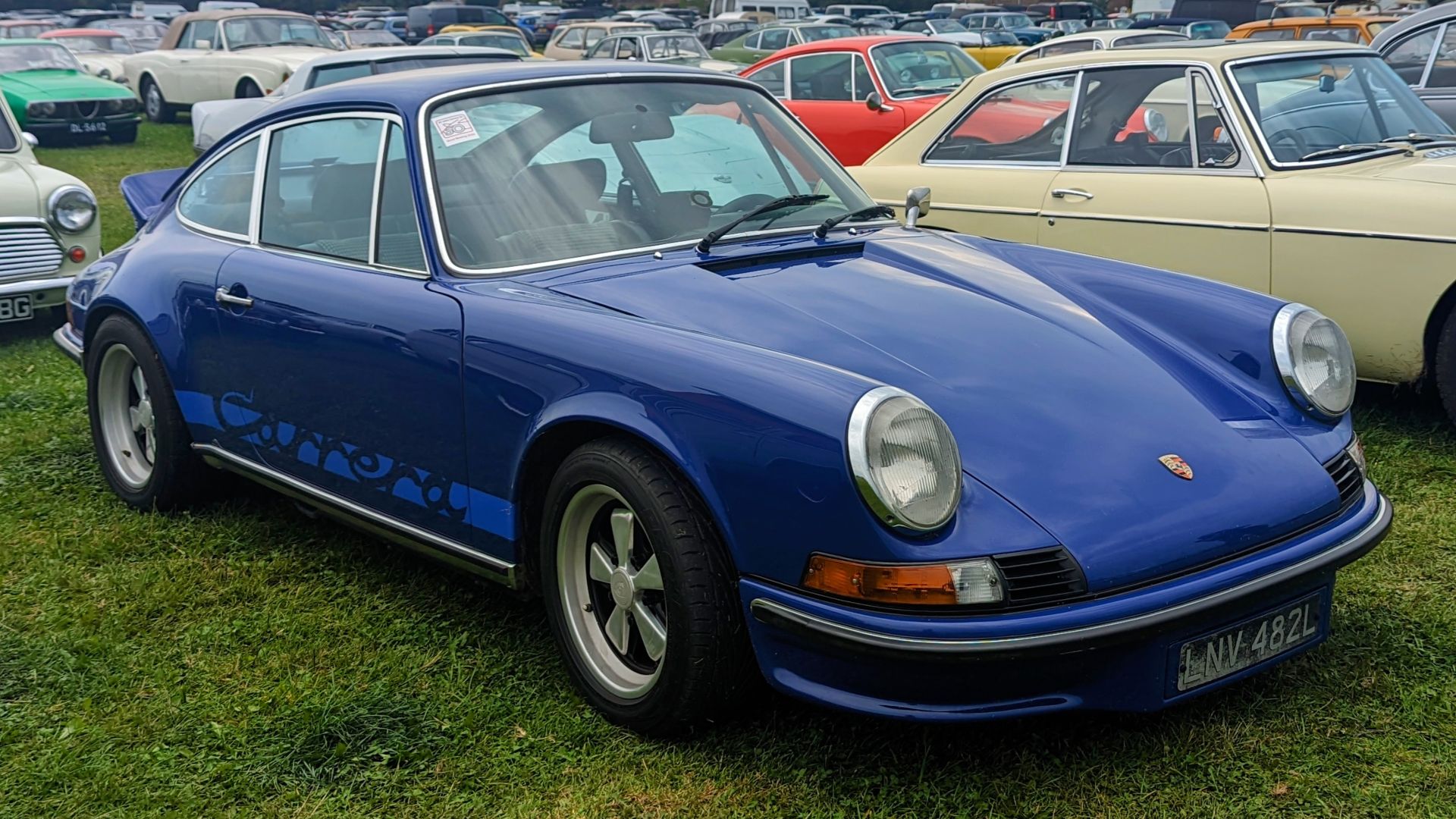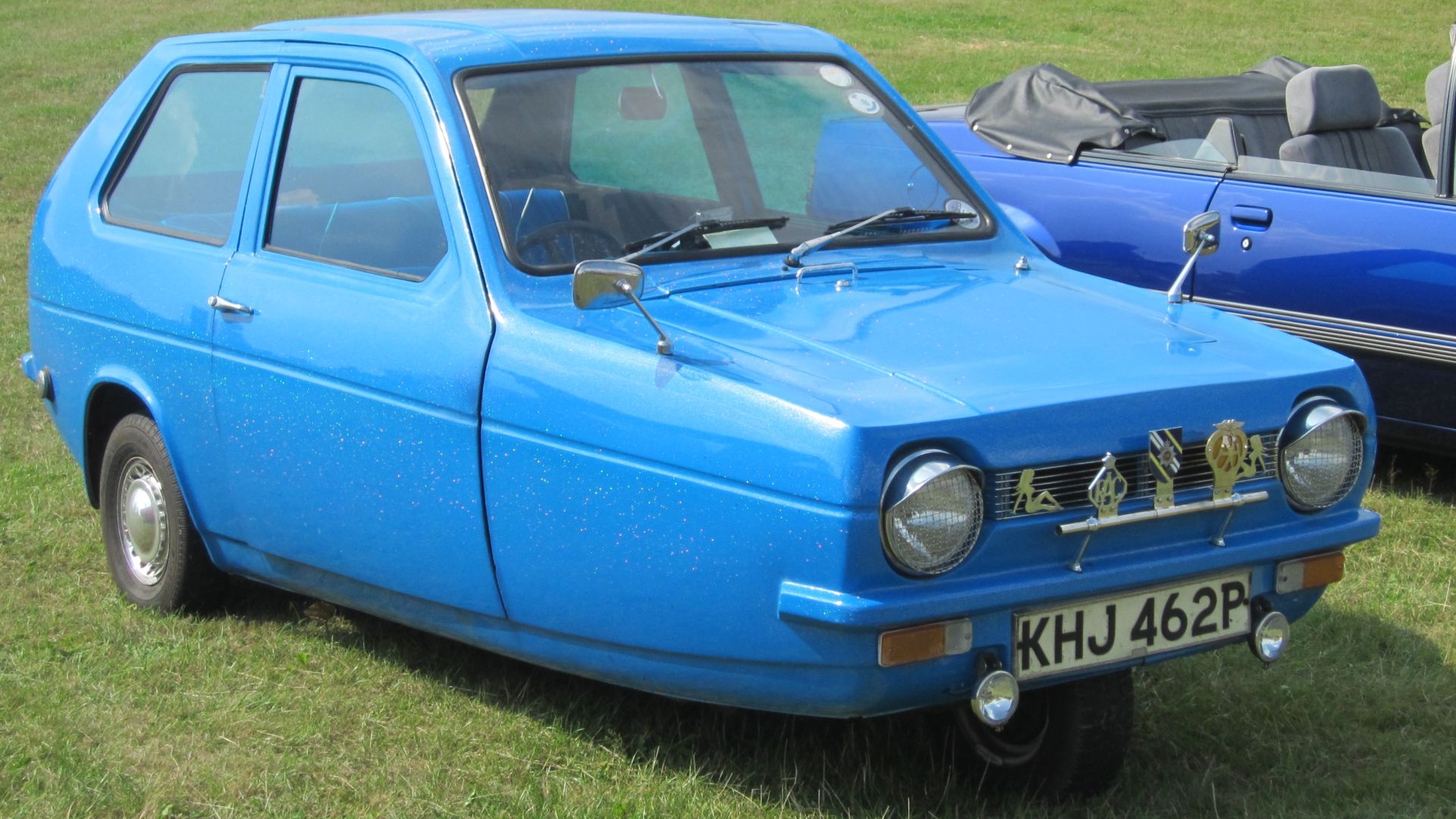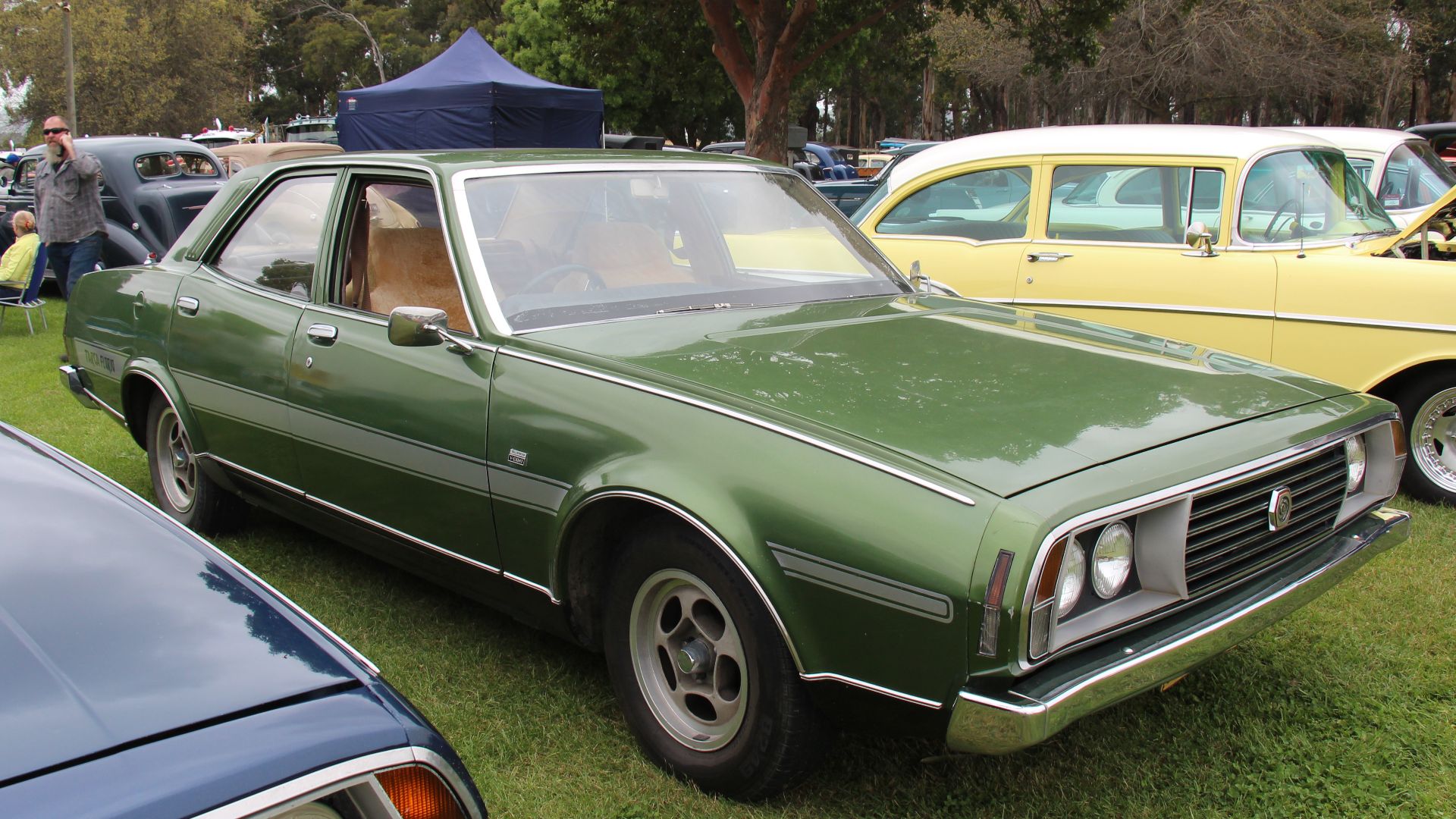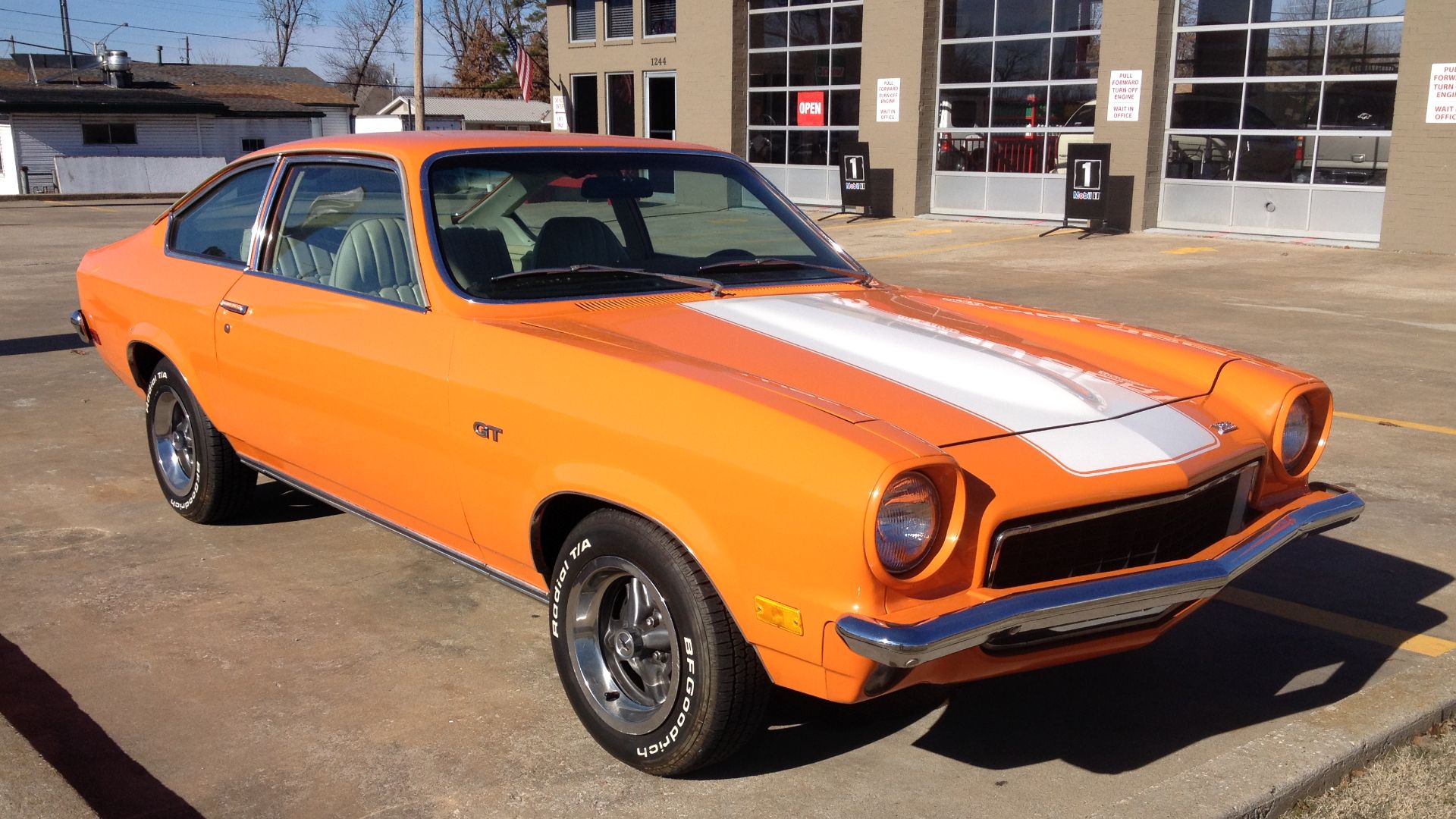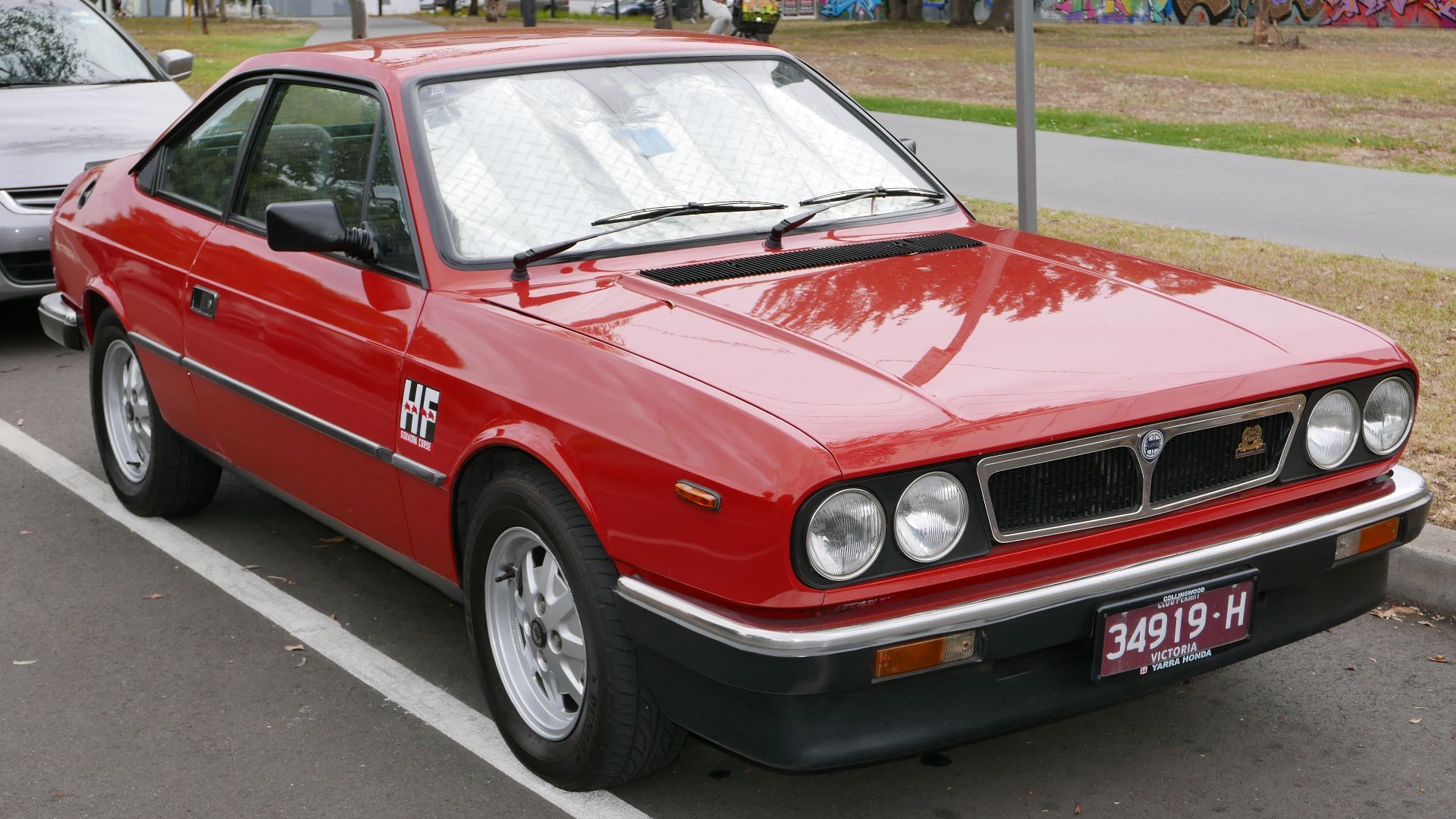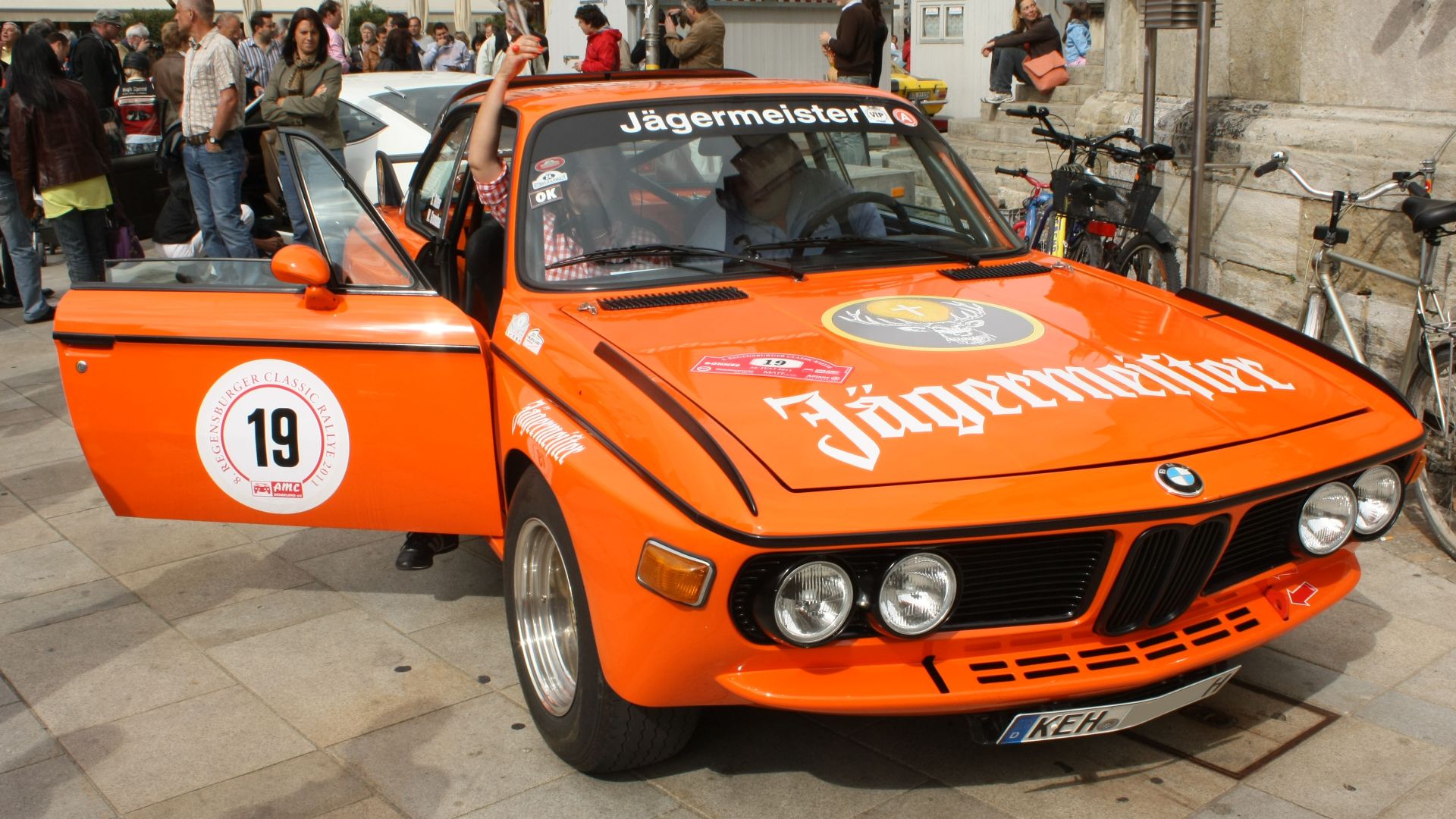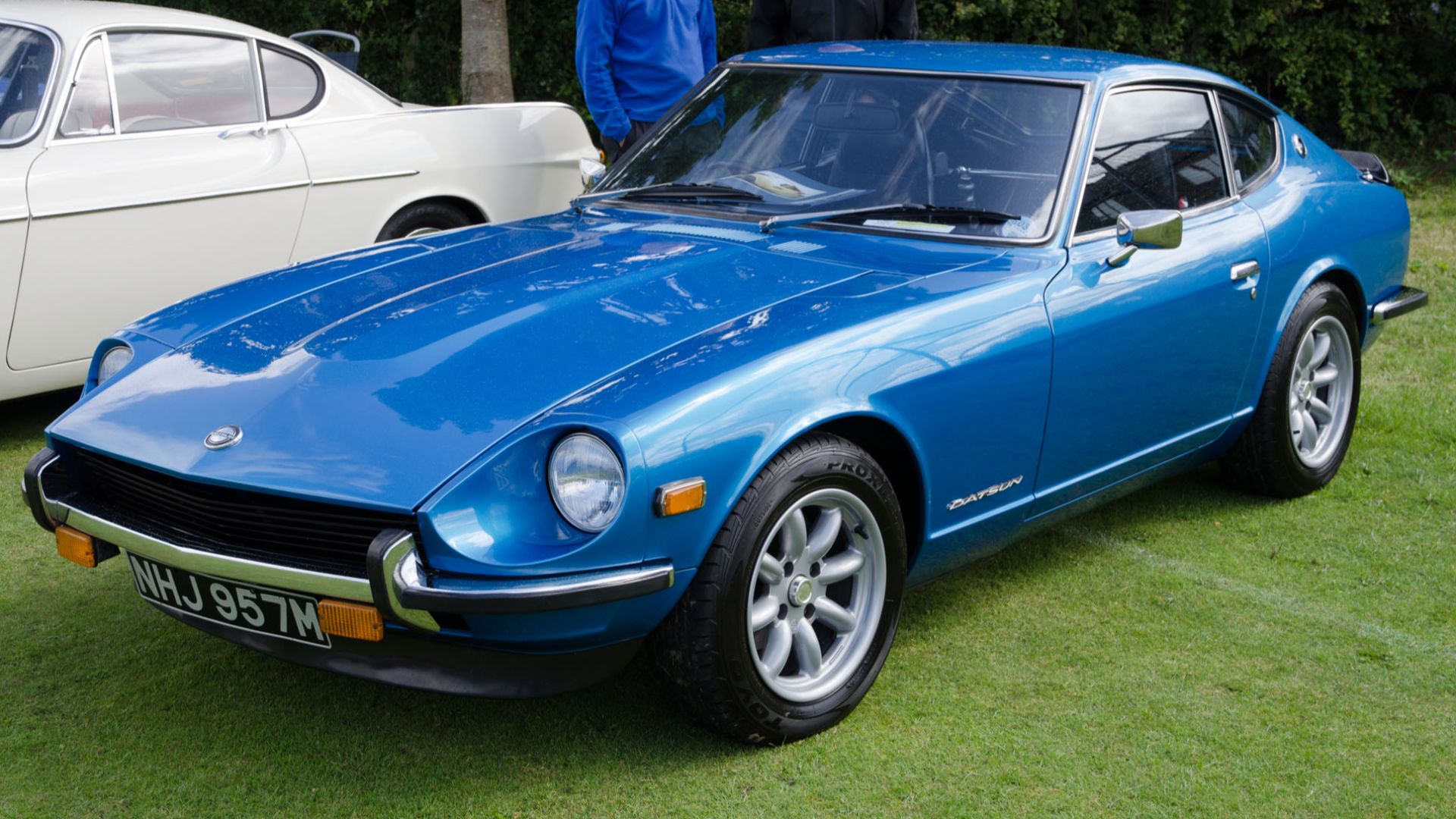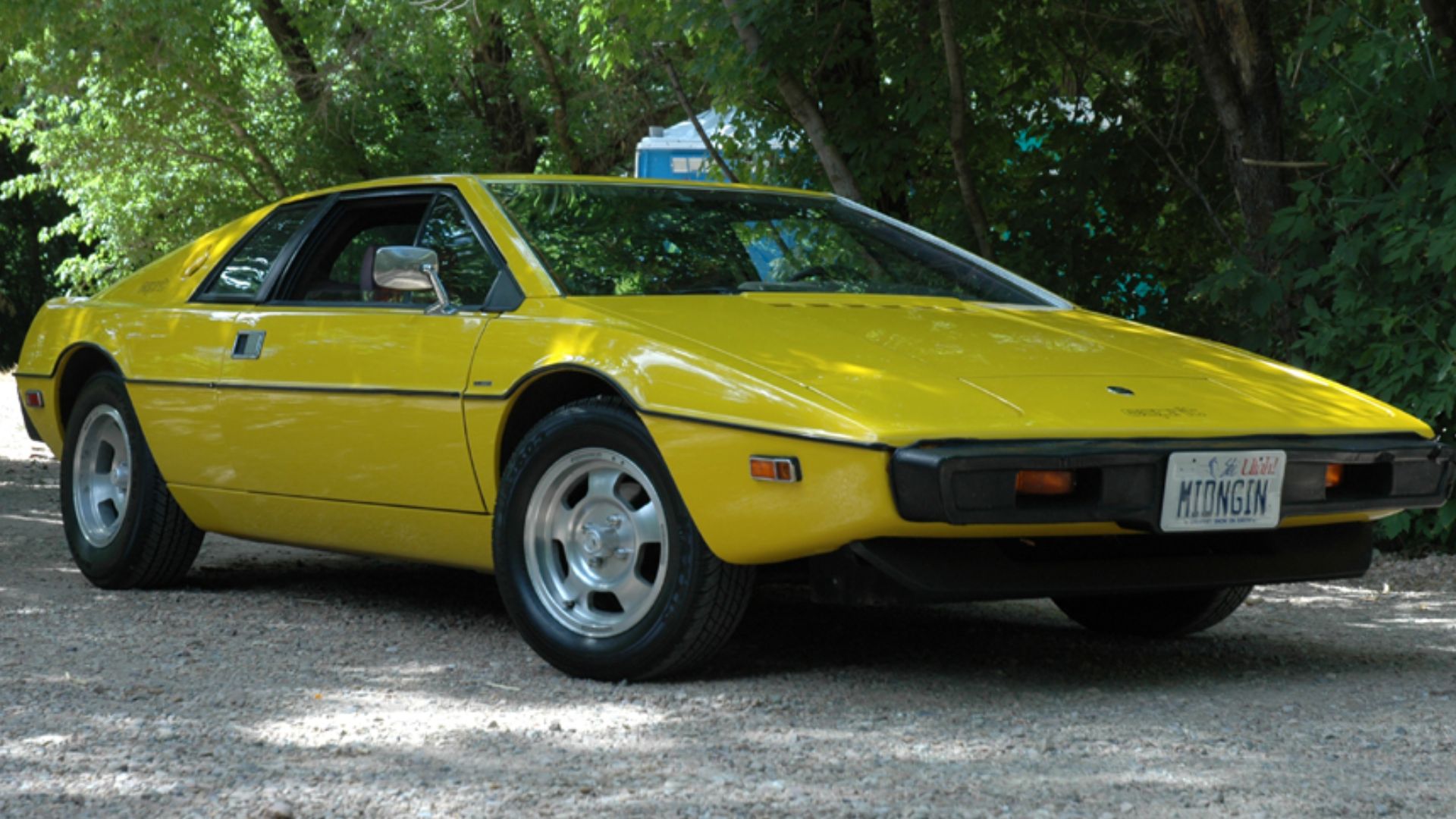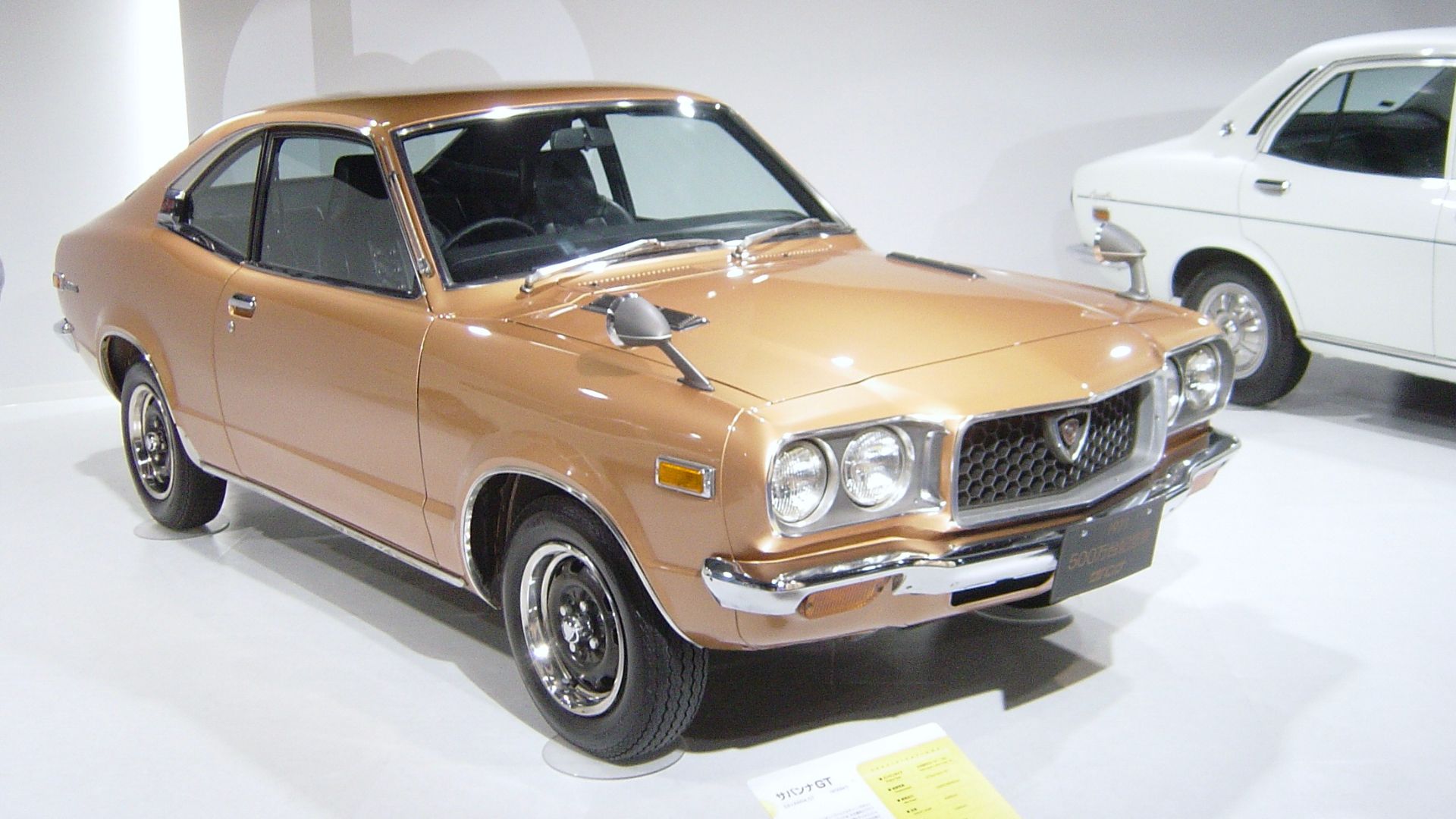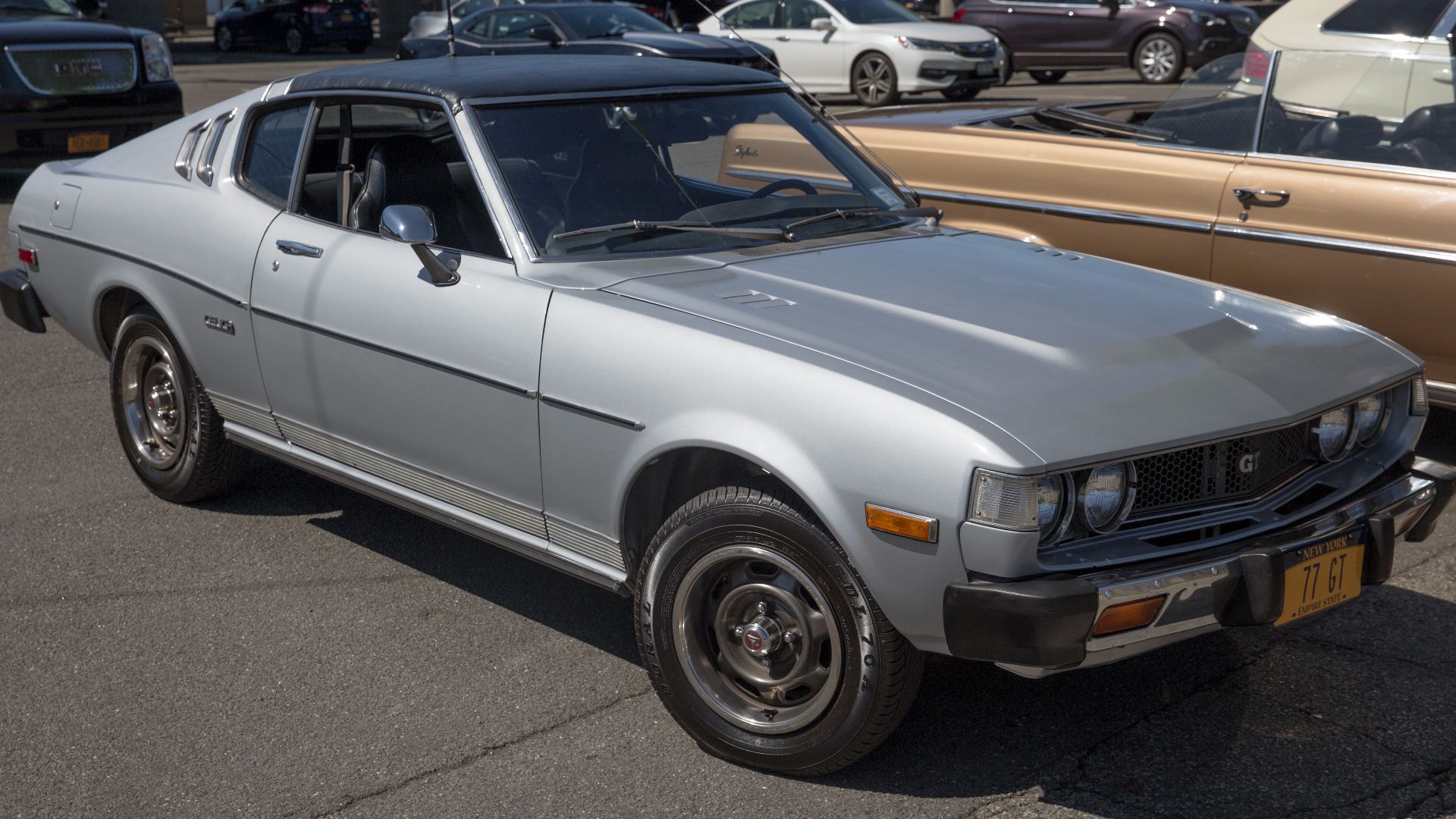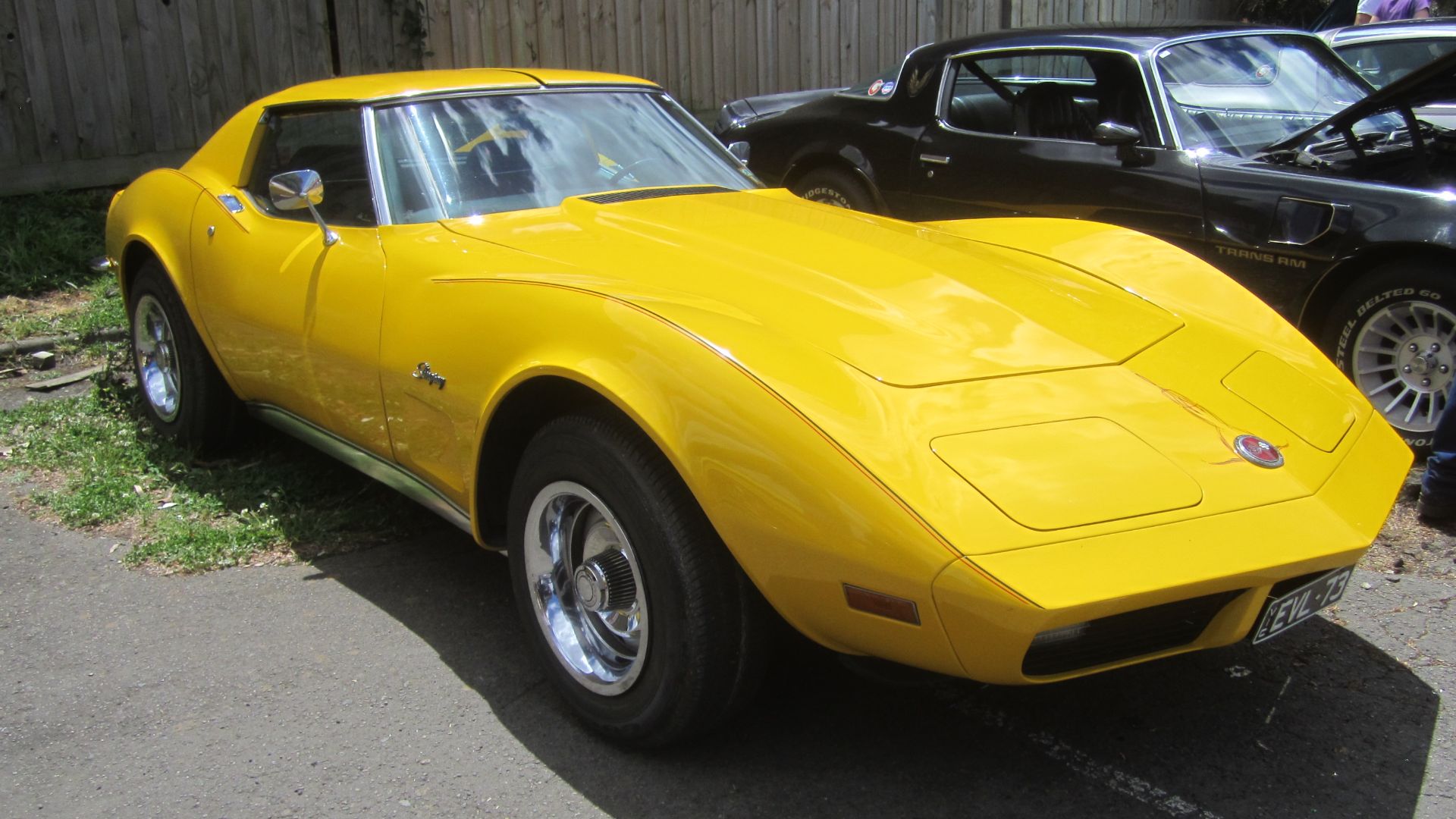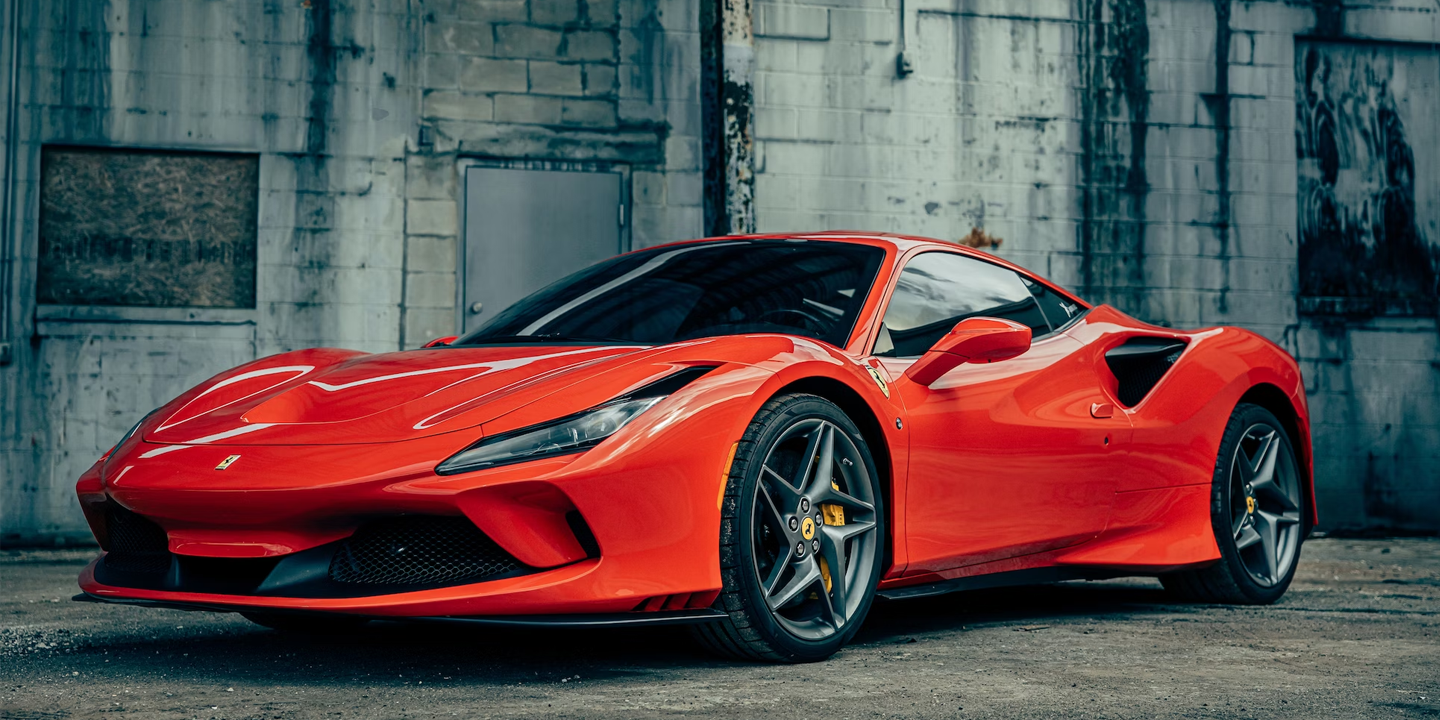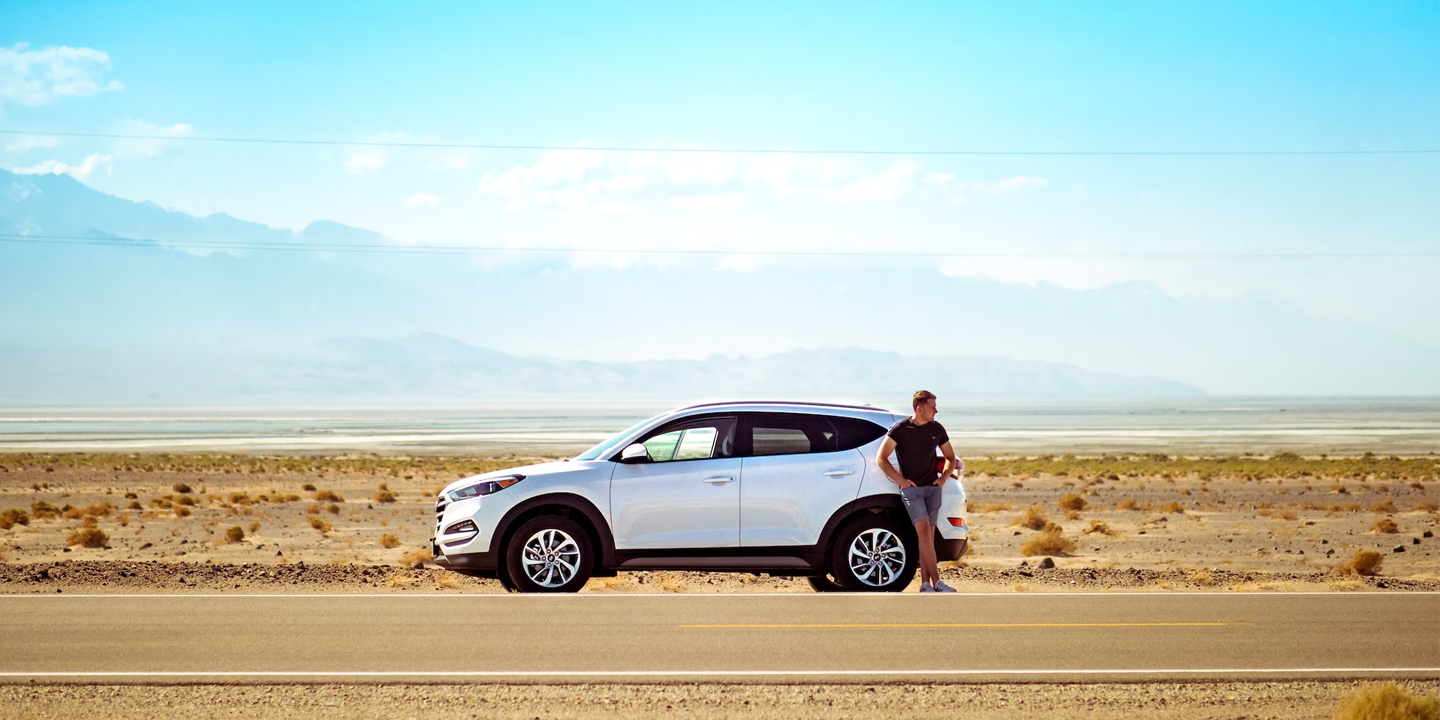Performance Behind The Wheel
In the ‘70s, some cars looked like pure art but drove like a handful. Yet others managed to balance style with control a lot better than anyone would have expected. The decade had its share of hits and misses, and both are worth revisiting. So, before we get to the ones that earned real praise for their poise, let’s look at the cars that made every steering wheel grip a little tighter.
1. AMC Gremlin (1970–1978)
The Gremlin arrived with a chopped-down Hornet frame and a promise of American efficiency. Its short wheelbase made it twitchy on rough roads and gave drivers more bounce than control. Over time, it earned cult status more for its odd charm than its cornering ability.
2. Reliant Robin (1973–1981)
Few cars wobble into fame quite like the Reliant Robin. With only three wheels and a featherlight body, it tipped over far too easily on turns. What began as a quirky commuter became a running gag across Britain’s car culture and TV shows.
3. Triumph TR7 (1974–1981)
The TR7’s wedge styling shouted “future,” though its handling whispered “careful.” Weight distribution felt uneven, and its suspension left drivers clinging through corners. Despite its good looks, the sports car experience never quite delivered the agility its design promised.
4. Morris Marina (1971–1980)
Behind its everyday shape hid a reputation that still haunts British motoring lore. The Marina’s steering felt vague, its suspension unpredictable, and every sharp bend demanded faith. Even as sales soared, drivers braced for a ride that often felt more luck than skill.
 User Arpingstone on en.wikipedia on Wikimedia
User Arpingstone on en.wikipedia on Wikimedia
5. Austin Allegro (1973–1982)
The Allegro’s innovative features couldn’t save it from awkward road manners. Its soft suspension caused it to wallow through corners, and its steering lacked precision. While loved for its odd personality, it became shorthand for the frustrations of 1970s British motoring.
6. Ford Mustang II (1974–1978)
Born in the shadow of oil crises and regulations, the Mustang II carried a familiar badge but lacked the spirit beneath it. Its lightweight frame and modest engines struggled with balance and created a car that leaned more toward comfort than confident handling.
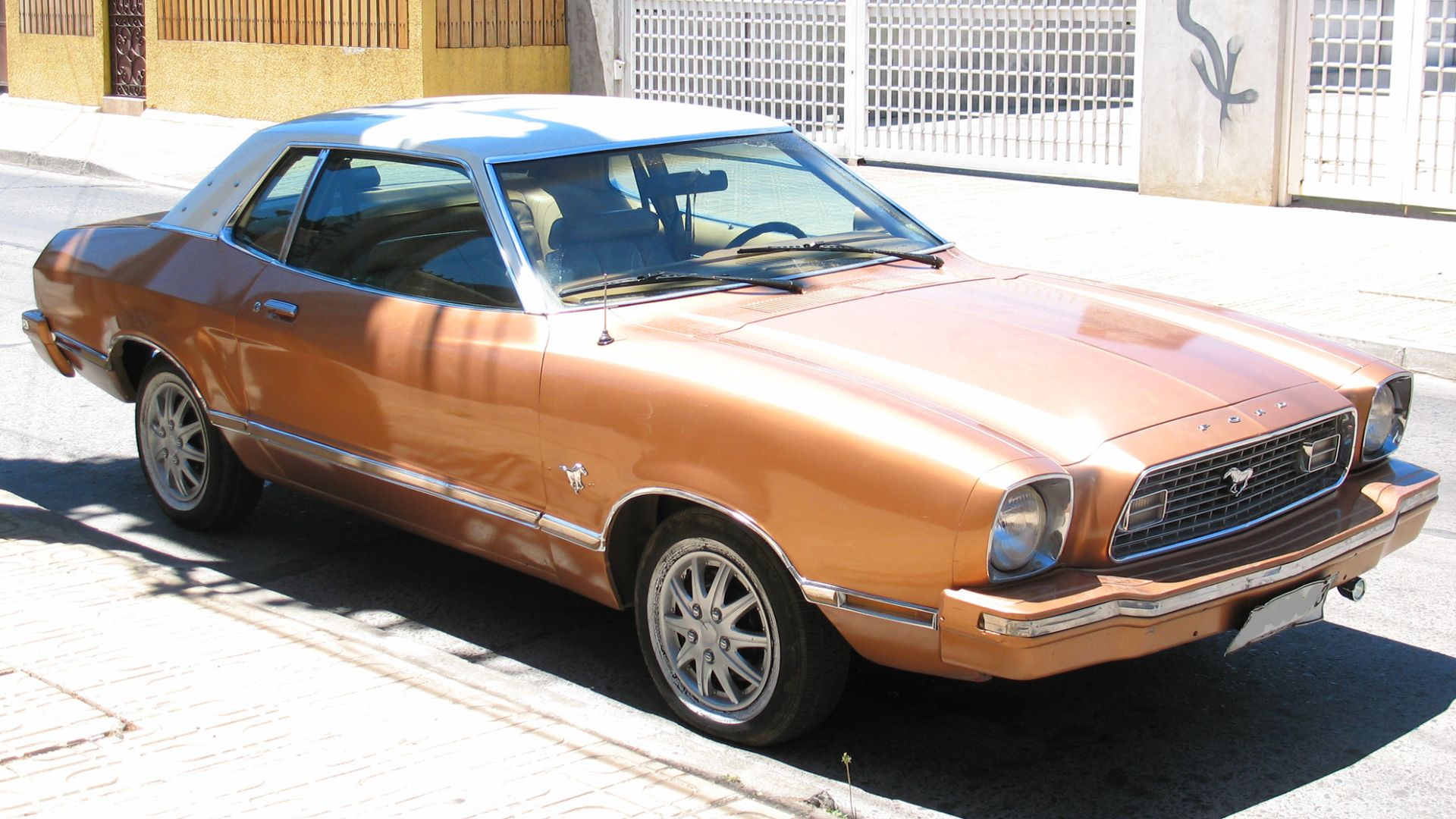 order_242 from Chile on Wikimedia
order_242 from Chile on Wikimedia
7. Leyland P76 (1973–1975)
Australia’s ambitious Leyland P76 had size and power, yet its handling never matched its muscle. The steering felt floaty, especially at speed, and body roll turned every turn into an adventure. Despite this, it became a curious piece of Aussie automotive history.
8. Chevrolet Vega (1971–1977)
The Vega’s aluminum engine may have been forward-thinking, though its driving feel was anything but. With front-end heaviness and a suspension that aged poorly, it earned a reputation for unpredictable rides. Drivers found its handling as unreliable as its rust-prone frame.
9. Bricklin SV-1 (1974–1976)
The gull-wing Bricklin promised futuristic flair but delivered clumsy execution. Its heavy doors, stiff chassis, and uneven weight balance gave drivers plenty to wrestle with. Despite its intentions as a “safety vehicle,” it felt more like a showpiece than a smooth performer.
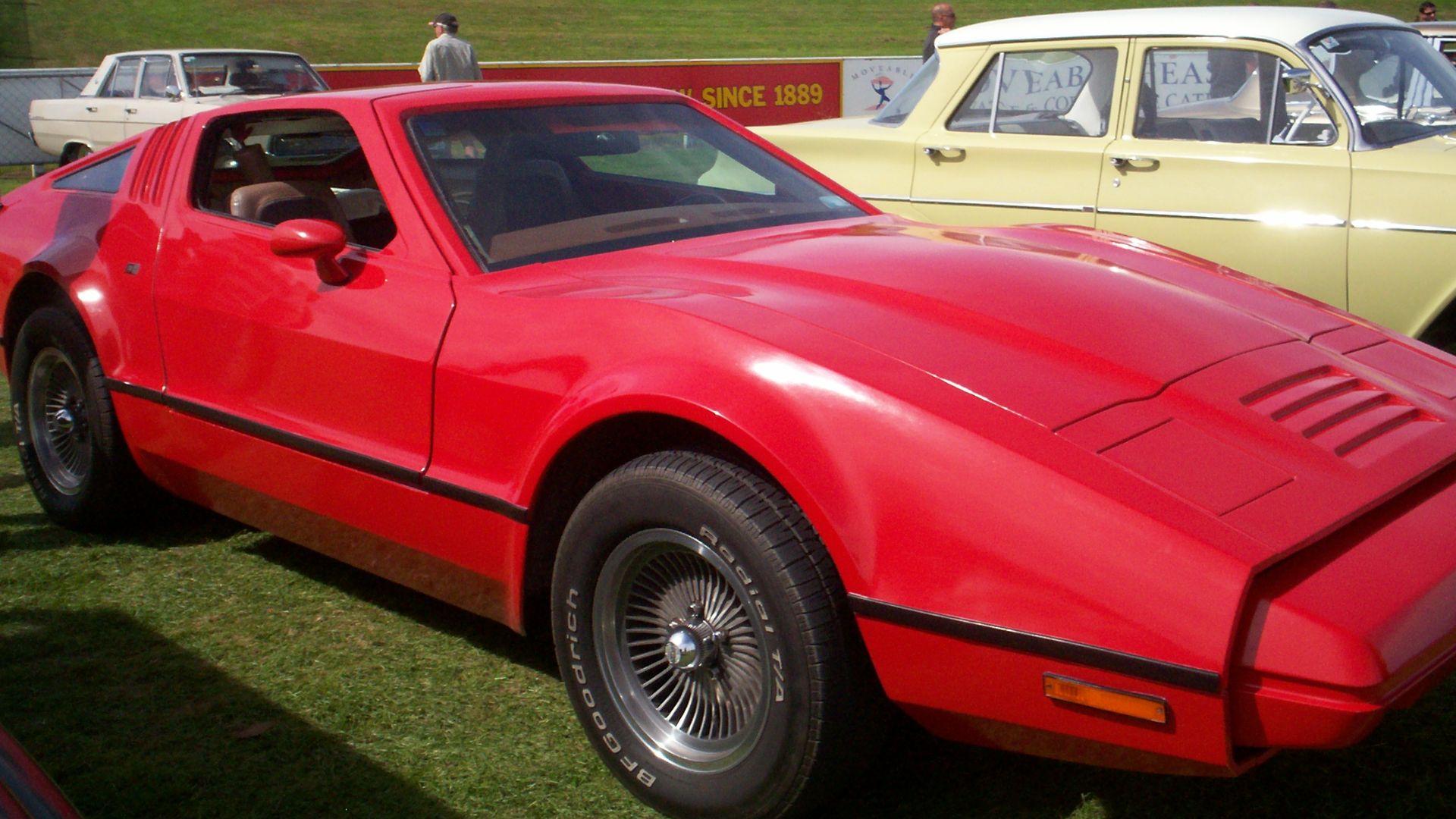 Riley from Christchurch, New Zealand on Wikimedia
Riley from Christchurch, New Zealand on Wikimedia
10. Lancia Beta (1972–1984)
Italian style met unfortunate engineering in the Lancia Beta. While sleek and sophisticated, it struggled with structural decay and handling that deteriorated as rust spread. Even enthusiasts found themselves fighting both the steering and the urge to keep it on the road.
Now that we’ve covered the clunky corner-takers, let’s switch gears to the ’70s rides that actually handled themselves with some grace.
1. Porsche 911 Carrera RS (1973)
Few cars defined balance like the 911 Carrera RS. The rear-mounted flat-six gave it thrilling oversteer, yet skilled drivers found it remarkably controllable. Its featherlight build and iconic “ducktail” spoiler made every curve feel alive and turned this homologation special into a road legend.
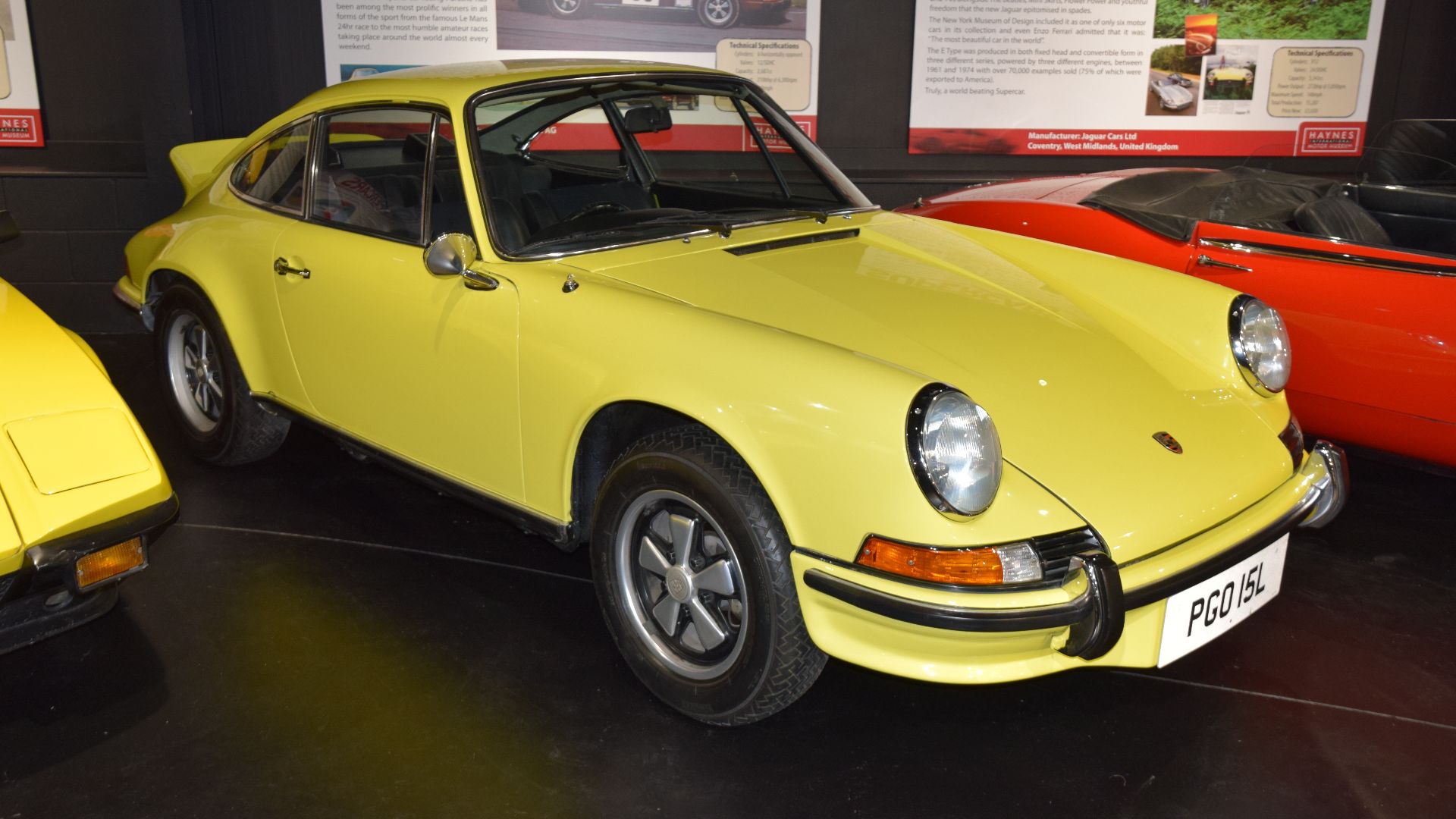 Hugh Llewelyn from Keynsham, UK on Wikimedia
Hugh Llewelyn from Keynsham, UK on Wikimedia
2. BMW 3.0 CSL (1972–1975)
Nicknamed the “Batmobile,” this BMW wasn’t just flashy—it carved corners with poise. Its lightweight construction and precise steering created a connection between driver and road few could match. The CSL’s racing pedigree proved that German engineering could blend brute power with graceful agility.
3. Datsun 240Z (1970–1973)
Japan’s sports car breakthrough came with the 240Z, a masterpiece of balance and simplicity. Its 2.4-liter inline-six delivered smooth power, while the near-perfect weight distribution let it dance through corners effortlessly. It brought European handling finesse to an affordable package, and enthusiasts noticed.
4. Lotus Esprit S1 (1976–1978)
The Esprit felt like something straight out of a Bond film, and it certainly was. With a mid-engine setup and lightweight fiberglass body, it handled with surgical precision. The steering was light, and every turn felt engineered for excitement rather than comfort.
5. Mazda RX-3 (1971–1978)
While most cars roared, the RX-3 hummed with rotary smoothness. Its lightweight design and race-bred chassis gave it tight control through corners. Whether on the street or track, it felt composed and eager, which showcased Mazda’s knack for innovation in handling and balance.
6. Alfa Romeo Alfetta GT (1974–1979)
The Alfetta GT approached handling differently. Its transaxle layout and even weight distribution offered grip and balance that were uncommon for the time. Steering feedback was sharp and honest to let drivers feel every texture of the road while the twin-cam engine sang up front.
 Jeremy from Sydney, Australia on Wikimedia
Jeremy from Sydney, Australia on Wikimedia
7. Lancia Beta Coupe (1972–1979)
Though modestly powered, the Beta Coupe delivered agility that surprised everyone. Front-wheel drive rarely felt this engaging, and its independent suspension kept it steady through fast bends. Pininfarina’s elegant body cloaked an unexpectedly nimble spirit—a rare mix of style and substance from 70s Italy.
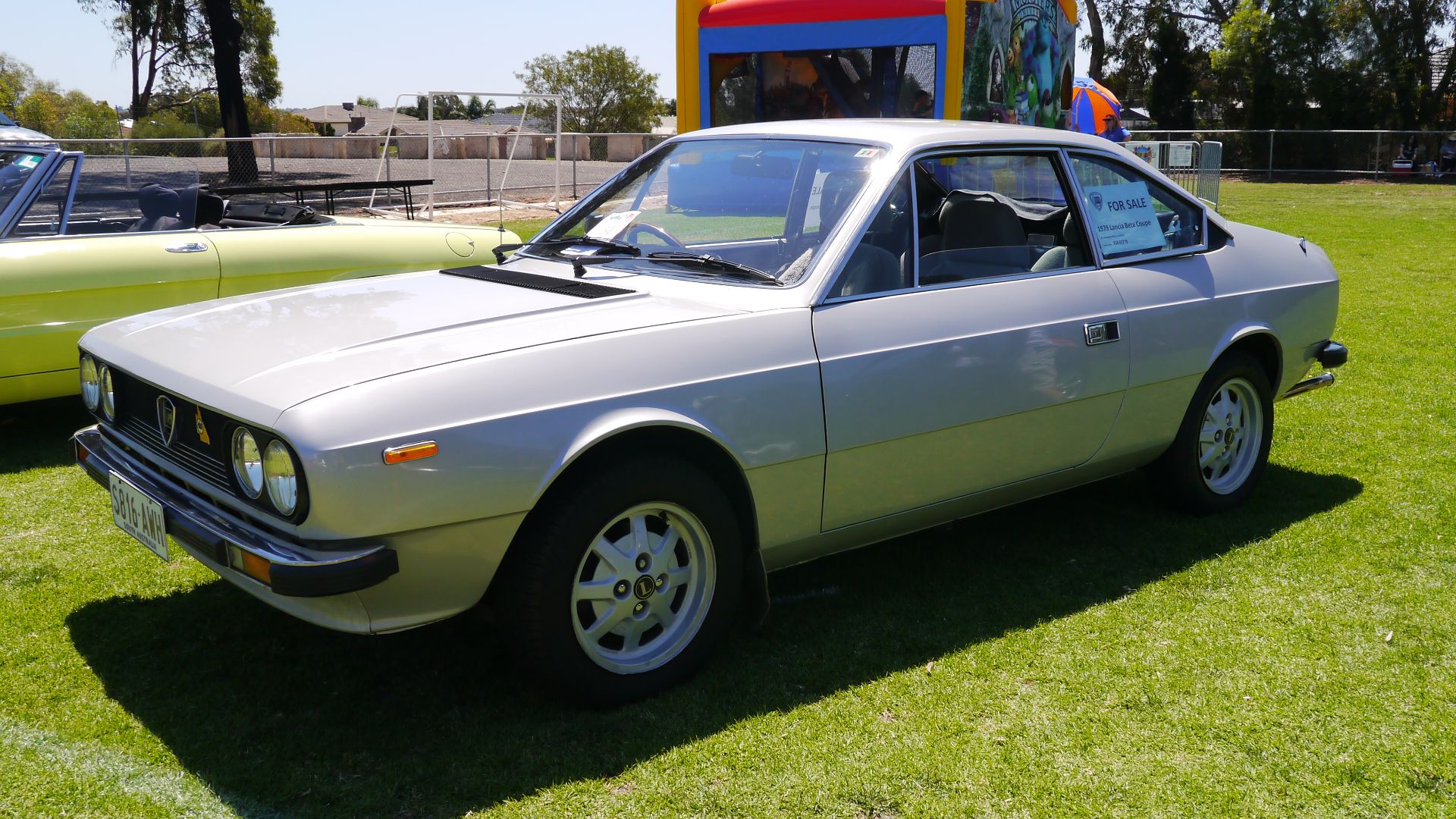 TuRbO_J from Adelaide, Australia on Wikimedia
TuRbO_J from Adelaide, Australia on Wikimedia
8. Triumph TR6 (1970–1976)
The TR6 looked old-school but drove like a true sports machine. Its torquey inline-six and sturdy suspension made it confident through winding roads. With the top down and the exhaust growling, drivers discovered how wonderfully predictable British handling could be when tuned right.
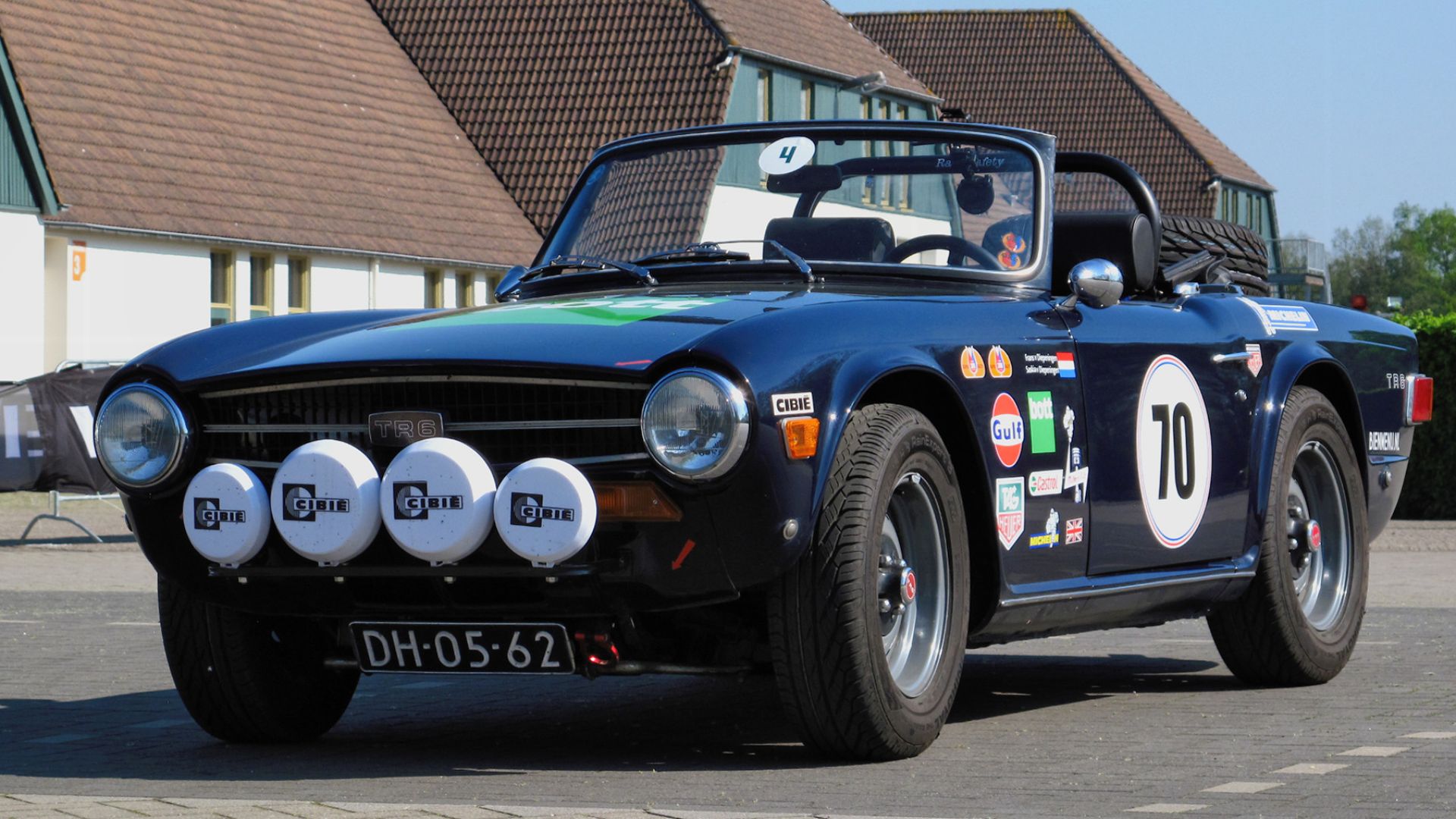 Rutger van der Maar on Wikimedia
Rutger van der Maar on Wikimedia
9. Toyota Celica GT (1971–1977)
The Celica GT proved that Japan could make a driver’s car with everyday manners. Light steering and excellent visibility made it friendly yet playful. It cornered with ease and gave a sense of control that felt far more sophisticated than its price suggested.
10. Chevrolet Corvette C3 (1973–1979, L82 spec)
Even during the horsepower slump, the L82 Corvette stayed composed. Its independent rear suspension and wide stance made highway sweepers its playground. Though heavier than earlier models, it handled with assurance, holding its own as America’s muscle car that still knew how to corner.


